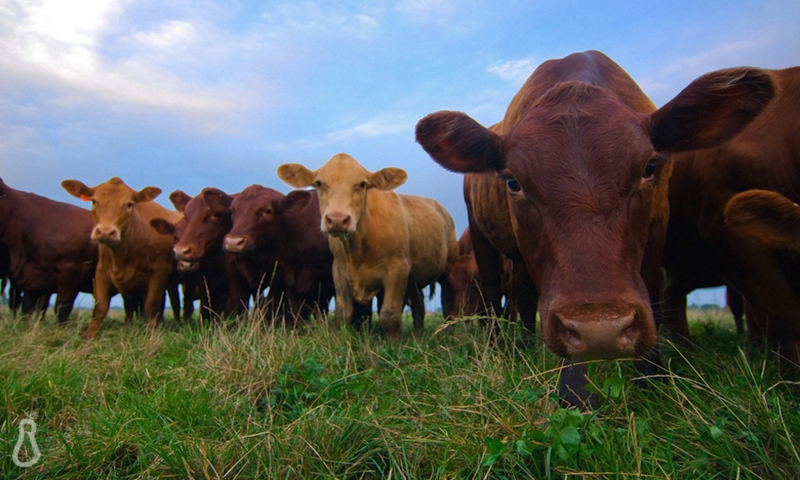Are you confused by the health claims that you see in the store? Do you wish you knew what they really meant? Well, today is your lucky day! I’ve compiled a short list of the most common health claims along with their true meanings for your enjoyment.
Organic
In regards to meat, poultry, eggs or dairy, the term “organic” means that the product comes from an animal that has not been treated with:
- antibiotics
- growth hormones
- pesticides
- fertilizers
- bioengineering
- ionizing radiation
- genetically-modified feed
100% Organic
As you might imagine, a product that boasts “100% organic” is a product made entirely with organic ingredients.
USDA Organic
The USDA Organic seal indicates that a product is certified organic and contains at least 95% organic ingredients. The caveat is that an organic certification can cost a couple thousand dollars, sometimes as an annual fee, so keep in mind that smaller businesses will likely not use the USDA Organic seal. Instead, they may use the ingredients list to demonstrate the quality of their ingredients.
Made with Organic
This phrase indicates that fewer than 95% of the ingredients are organic.
Natural or All Natural
If a food is labeled “natural,” that really only means that the food is minimally processed and free of synthetic dyes, coloring, flavorings and preservatives. The USDA only regulates the use of this term with meat, poultry, and egg products.
In order for the USDA to approve the use of this label, these foods (meat, poultry, eggs) must be minimally processed and free of artificial ingredients. However, this label doesn’t say anything about antibiotics, growth hormone, or the quality of feed.
Grass-fed
If an animal is grass-fed, then they were fed a diet of grass, legumes and green vegetation instead of fattening grains. Grass-fed meat is a higher quality than grain-fed meat, but this label does not address the use of antibiotics, hormones or pesticides. So, if you’re looking for high-quality meat, look for the 100% organic grass-fed meat.
Cage-Free
Again, as you might guess, this label means that animals were not kept in cages. However, it doesn’t necessarily mean that they were free to roam around the land. Instead, the animals on a “cage-free” farm typically live in an enclosed facility with unlimited access to food and fresh water during their lifetime. There are no regulations on the size of the facility or the access to the outdoors, so this label really doesn’t mean all that much.
Free Range
According to the USDA, this term indicates that animals were raised in a sheltered facility with unlimited access to food, water, and pastures during their lifetime. This does not mean that the animals actually went outside but instead that they had access to the outdoors. This is a step above cage-free, but still not ideal for the animals as farmers are allowed to fence-in and cover their pastures with netting.
Pasture-Raised
The USDA is still working on defining this term, but many farmers are using it to distinguish themselves from “free range” and “cage-free” farms. Pasture-raised animals are free to roam around outdoors with unlimited access to food, fresh water, and indoor shelter in case of inclement weather. So, in essence, pasture-raised animals spend more time outdoors than free-range animals. If you consume chicken or eggs, look for products with this label.
Conclusion
Hopefully that was a helpful and eye-opening summary of some popular health claims we have in America. The next time you’re looking for wholesome and nutritious animal products, look for 100% grass-fed organic meats and 100% organic pasture-raised eggs and chickens. And don’t let health claims fool you! If you see a new label you’re not familiar with, don’t be afraid to look it up.

